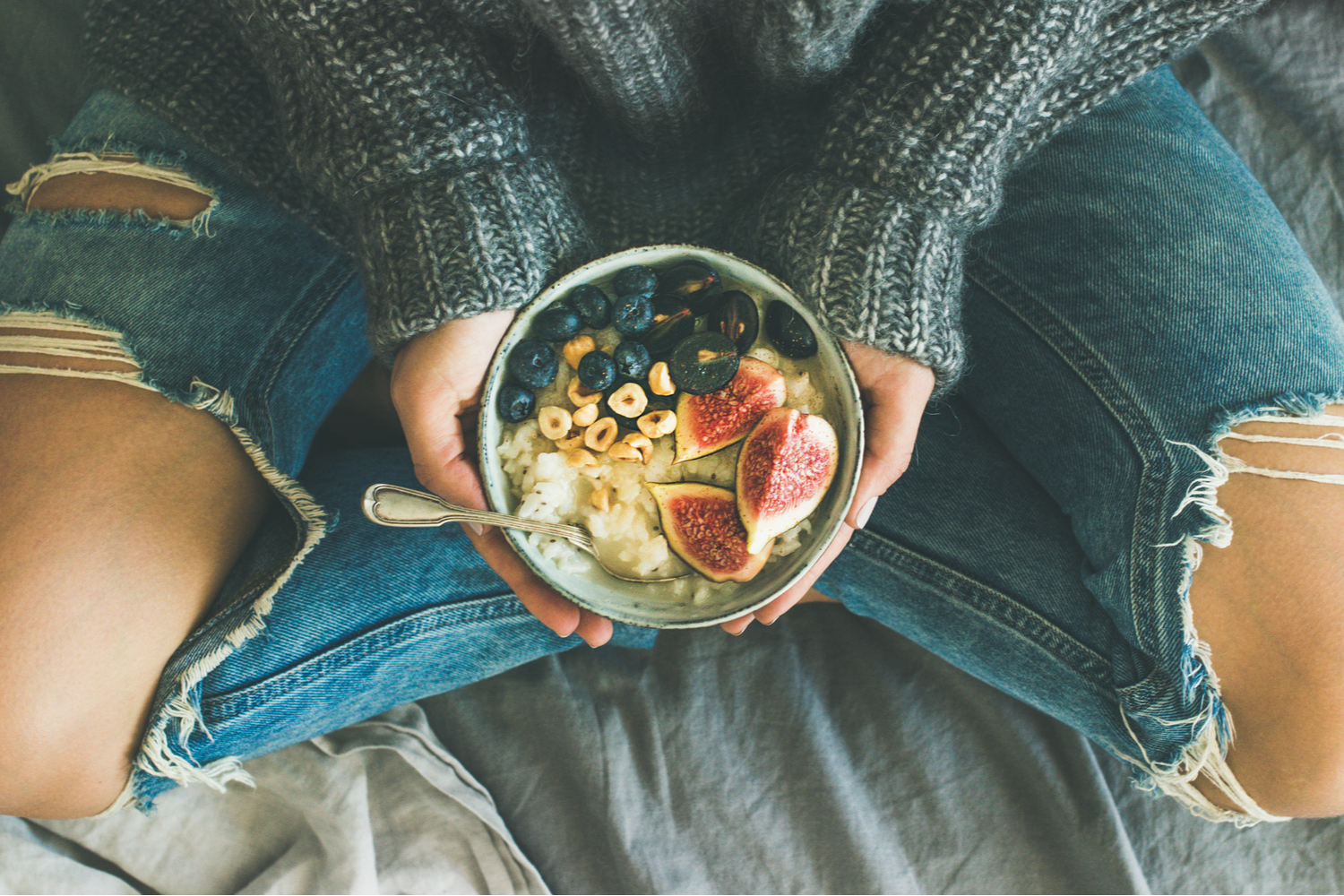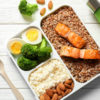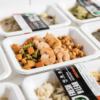SUMMARY
What is clean eating? A clean eating diet is one that minimizes or eliminates processed food such as refined grains, refined carbs and refined sugar, as well as saturated fat. These foods are replaced with healthy diet choices such as fruit and vegetables.
Fresh N’ Lean is the nation’s largest organic meal delivery service. Our tasty, chef-prepared cuisine is always fresh and never frozen, and we offer five convenient meal plans: Protein+, Keto, Paleo, Standard Vegan and Low-Carb Vegan. Choose Fresh N’ Lean for affordable nutrition, delivered to your doorstep.
When it comes to attaining and preserving good health, a lot depends on what you put into your body.
With that in mind, it’s easy to understand the value of clean eating.
Clean eating is focused on making healthy food choices. A clean diet is one built largely around eating habits that center on plant-based whole foods such as fruits and vegetables. These clean foods have the nutrients your body needs to thrive.
The clean eating lifestyle includes a broad range of healthy foods. However, within this realm, there are narrower, more specific diets that are rooted in the principles of eating clean. One example is the paleo diet, and another is the Mediterranean diet. There’s also the vegetarian diet. And then there’s the vegan diet, which is perhaps the best known (and most restrictive) example of clean eating.
So, are you ready to ditch those refined packaged foods and explore what clean eating has to offer?
In this article, we will:
- Define clean eating
- Provide a food list for clean eaters
- Discuss foods you should avoid on this eating plan
- List the benefits of eating clean
- Provide key tips that can help you succeed with a clean eating diet
What is clean eating?
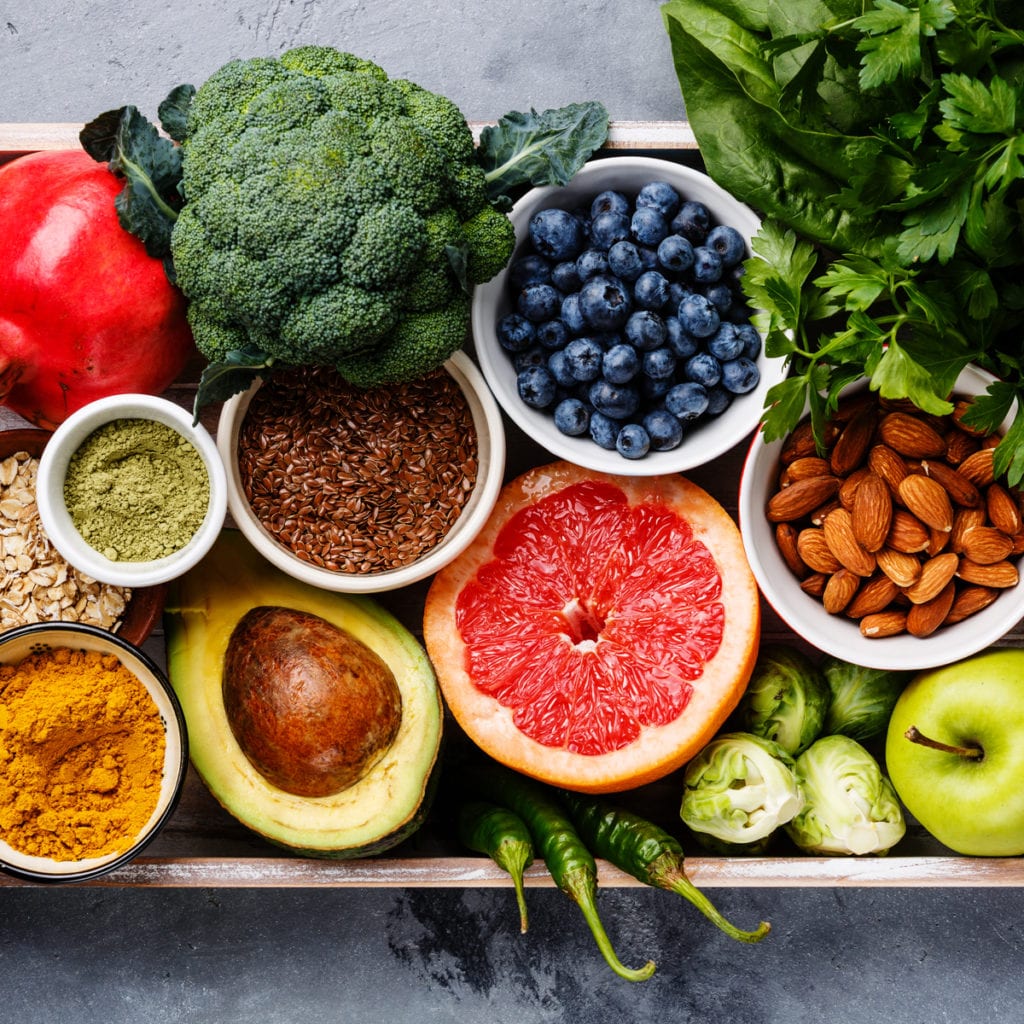
We live in a world in which eating is often reflexive and unconscious. Many of us make our food choices based on what’s convenient and available, with little thought given to nutritional content.
Clean eating is all about making healthy food part of your daily lifestyle. There are two aspects involved in making this a reality: You have to actively seek out certain foods, and you have to be just as active in your avoidance of others.
Clean eating guidelines
So, which foods belong on a clean eater’s plate?
With this lifestyle, the emphasis is squarely on whole foods, particularly those that are plant-based. That means your healthy eating will involve lots of fruit and vegetables, in all their colorful, nutritious permutations.
Look for food that’s unprocessed or processed as lightly as possible, with a minimal amount of added ingredients. For example, fresh fruit is preferable to canned fruit. But if you must have some canned fruit, look for a choice with a minimal amount of added sugar.
With clean eating, there’s an emphasis placed on minimizing the amount of fat you consume. Some healthy fat belongs in your diet, though. Replace harmful trans fat with healthier choices such as avocados and olive oil.
It’s also important to pay attention to how food is grown or raised. Commercial produce is grown using pesticides that can harm the body. Clean eating focuses on organic food that is grown without these toxic chemicals. And the commercially raised meat and dairy products we consume often contain undesirable hormones and antibiotics. With clean eating, you’re encouraged to choose organic, pasture-raised meat and dairy. These products come from animals that have been raised without toxic drugs.
Finally, clean eating emphasizes sustainability. If you care about maintaining a clean body, you probably also care about maintaining a clean planet. By making sustainable eating choices, you can do your part.
Clean eating food list
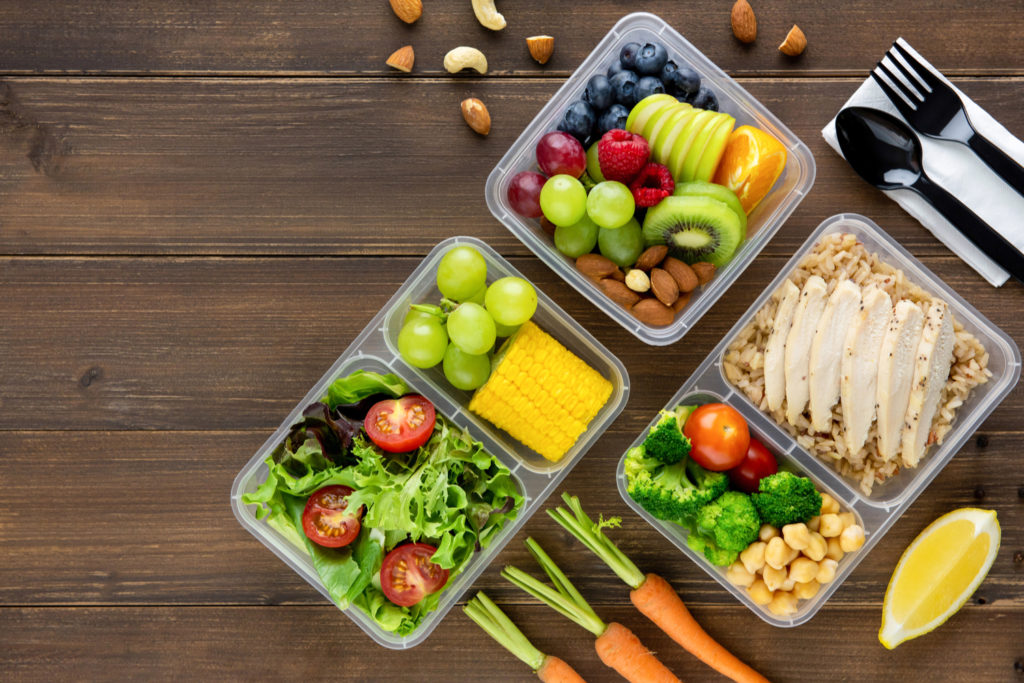
Here are some foods to include in your clean eating lifestyle:
Vegetables and fruits
Never underestimate the nutritional power of a fruit or veggie. These plant foods are loaded with antioxidants that fight free radicals in the body. Also, this food group is packed with vitamins that support good health.
Eat clean with these fruits and vegetables:
- Broccoli
- Cauliflower
- Sweet potatoes
- Mangoes
- Bananas
- Persimmons
- Bell peppers
- Cherries
- Kale
- Spinach
- Yams
- Chard
- Lentils
- Black beans
- Kidney beans
- Navy beans
- Pinto beans
- Grapes
- Apples
- Strawberries
- Blackberries
- Blueberries
- Dragon fruit
Nut and seeds
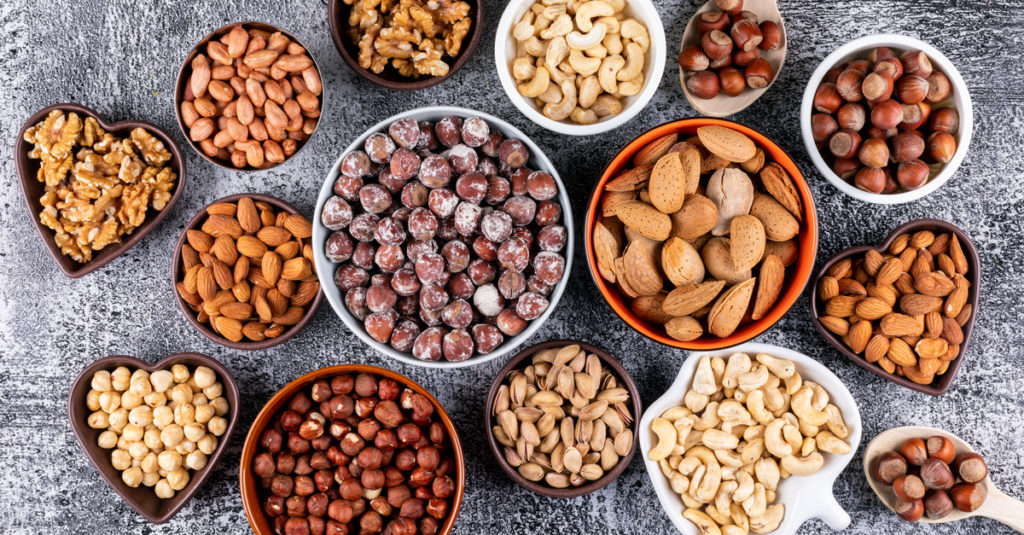
Nuts and seeds add healthy fat to your diet, as well as protein. Packaged nuts sometimes contain lots of added salt and sugar, so read the label carefully when making a purchase. Raw nuts and seeds with nothing added are both tasty and nutritious.
Here are some seeds and nuts to add to your clean eating program:
- Cashews
- Almonds
- Walnuts
- Hemp seeds
- Sunflower seeds
- Pumpkin seeds
- Macadamia nuts
- Brazil nuts
- Pine nuts
- Pecans
- Pistachios
Whole grains
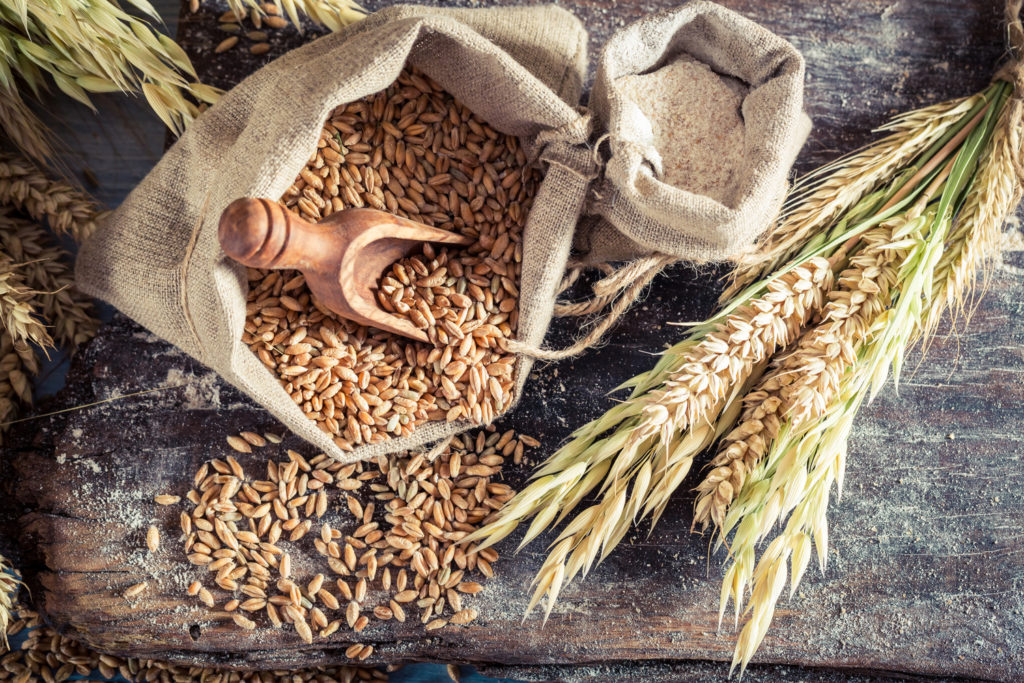
These minimally processed whole grains are great for clean eating:
- Brown rice
- Oats
- Quinoa
- Barley
- Millet
- Teff
- Whole-wheat pasta
Fish and meat
Look for fish that has been sustainably raised.
And seek out organic lean protein harvested from pasture-raised animals. This food packs superior nutrition. Studies show that grass-fed beef is higher in antioxidants and omega-3 fats than commercially raised grain-fed beef.
These fish and meat choices are suitable if clean eating is on the menu:
- Salmon
- Lean beef
- Chicken
- Tuna
- Cod
- Mackerel
- Snapper
- Haddock
Dairy products and eggs

Many people are lactose intolerant, and if you’re one of them, skip the dairy products. However, if you can easily digest milk, look for organic dairy products from pasture-raised cows.
Eggs are a great source of protein.
Here are some foods in the food group we’ve discussed in this section:
- Milk
- Butter
- Eggs
- Yogurt
Beverages
Many of us are mindful of what we eat but relatively careless about what we drink. Clean eating emphasizes healthy beverages such as the choices listed below:
- Water
- Green tea
- Unsweetened coffee (provided you’re not sensitive to caffeine)
Foods to avoid

Here are some foods you should steer clear of if you want to reap the benefits of clean eating:
- Processed and refined foods
- Alcohol
- Foods with lots of added sugar
- Soda
- Foods with lots of added salt
- Pastries
- Foods with lots of artificial ingredients
- Sugar
- Foods with trans fats (such as margarine)
- Sweet desserts
- Vegetable oils
- Salt
Benefits of clean eating

Clean eating provides these health benefits:
1. May support healthy weight loss
Clean eating is based largely around fruits and vegetables, and it discourages high-calorie processed foods. Research has established a clear link between healthy weight loss and diets that emphasize high fruit and vegetable intake while limiting energy-dense nutrient-poor foods.
This is undoubtedly connected to the fact that fruits and vegetables often have fewer calories than packaged foods that are highly processed. The relatively low calorie count of these healthy whole foods makes it easier for you to achieve the calorie deficit necessary for weight loss.
2. May support your immune system
Plant-based foods contain antioxidants that strengthen your body’s immune system. Since clean eating revolves largely around adding ample fruits and veggies to your menu, this diet is a good choice if you want to give your immune system the support it needs to keep you healthy and well.
In a study published by the American Journal of Clinical Nutrition, increased fruit and veggie intake was linked with improved immune function.
3. May support brain health
A plant-based diet can have a big impact on brain health. These clean foods support healthy cognition, and they may even help prevent neurodegenerative diseases such as Alzheimer’s.
Clean eating is centered around plant-based meals, so it’s an excellent choice if you want to reap the wellness benefits that fruits and vegetables can bring.
In a 2019 study, a diet rich in fruit, vegetables and whole grains was shown to help reduce the risk of cognitive decline later in life.
4. May help prevent type 2 diabetes
Type 2 diabetes is linked with high blood sugar. If you want to get your high blood sugar under control and prevent diabetes, one of the most powerful things you can do is adopt a plant-based diet. Research shows that those who eat healthy plant-based meals have a lower risk of type 2 diabetes.
Also, ultra-processed food can worsen diabetes by triggering inflammation and weight gain. Clean eating encourages you to eat a generous amount of plant-based food while avoiding meals that are highly processed. By doing this, eating clean can help you lower your risk of getting type 2 diabetes.
How to succeed at clean eating
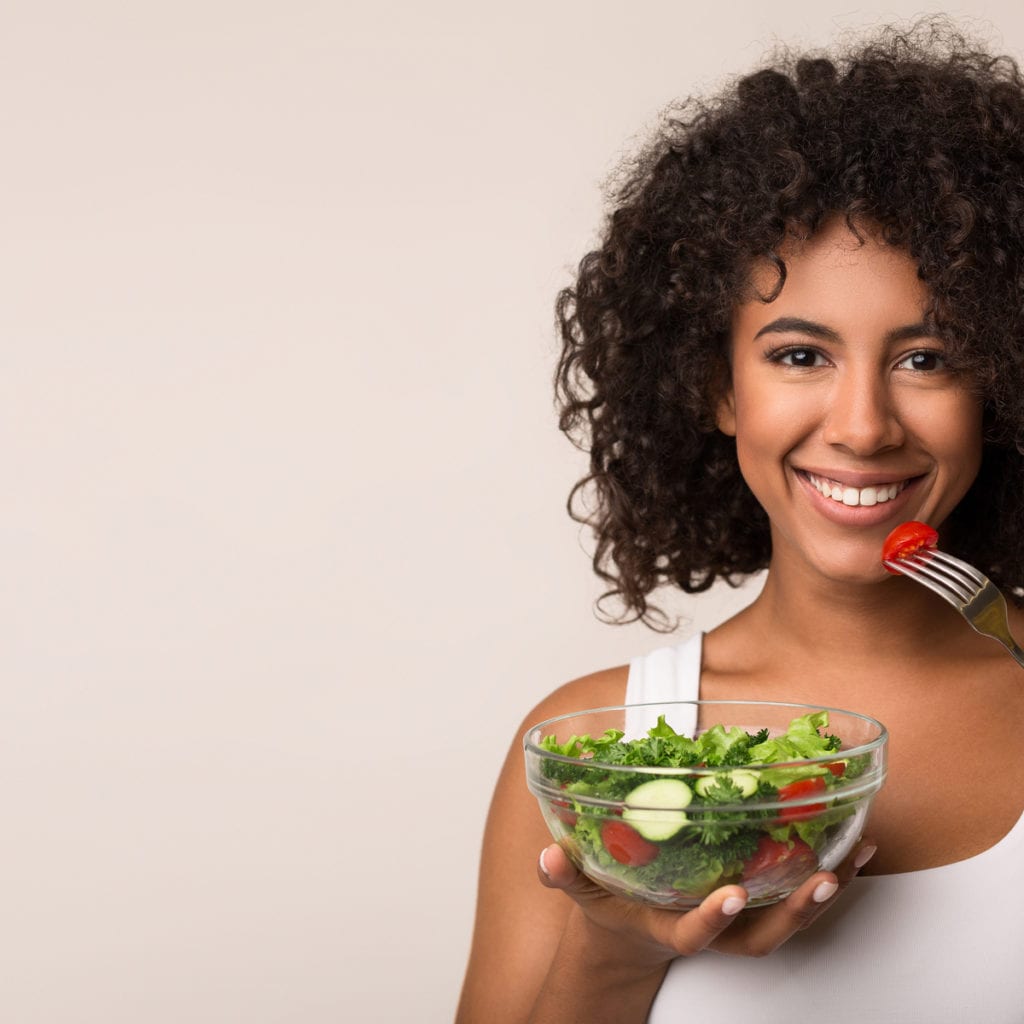
Here are some tips that can help you flourish on your new diet and stick with clean eating over the long haul:
Clean eating tip #1: Pay attention to labels
If you’re buying packaged food, ignorance is not bliss. Pay attention to labels, and read each ingredient on the package. Sometimes even the most innocent-looking foods are loaded with artificial ingredients. For example, those canned beans may seem acceptable at a glance, but if you dive into the nutrition label, you may find that they’re packed with added sugar.
Choose foods with minimal additives, and stay away from foods with unhealthy fats and lots of added salt and/or sugar.
Clean eating tip #2: Know the many disguises of sugar
If you want to thrive while eating clean, it’s important to avoid sugar. Sugar is a villain that wears many disguises, so it’s not always easy to identify when you’re reading a food label. Here are some types of added sugar to watch out for:
- Sucrose
- High-fructose corn syrup
- Barley malt
- Fruit juice concentrate
- Malt syrup
- Maltodextrin
- Rice syrup
- Dextrin
- Dextrose
- Cane juice
- Cane syrup
Clean eating tip #3: Cook at home whenever possible

Want to make sure you know exactly what’s in your food? One straightforward solution is to prepare your food at home. Cooking at home gives you total control over the ingredients.
Clean eating tip #4: Watch the added fat, salt and sugars when cooking at home
We’ve talked about looking out for harmful additives in packaged foods. It’s also important to be mindful of additives when cooking at home. Clean eating is all about enjoying foods in their whole state. Oils, sugar and salt are not whole foods, so they should be minimized on this diet.
The good news is that after a while, you won’t miss these ingredients. The plant foods that are at the heart of this diet have a natural amount of sugar and salt. The more you embrace these foods, the more attuned your taste buds will become to the natural flavors present in these meals.
Clean eating tip #5: Take a holistic approach to health
Good health isn’t entirely about clean eating and your dietary choices. There are other steps you can take to ensure that you feel as vibrant as you possibly can while on your new health journey.
One thing to be mindful of is getting enough sleep. Your body needs adequate rest to function at its best. You should also try to make exercise part of your health routine. Physical activity will help support you on your road to improved wellness.
Clean eating tip #6: Subscribe to a healthy meal delivery service

We’ve mentioned cooking at home, but not everyone has the time or ability to make this a reasonable option. If you’re not a huge fan of spending hours bringing a recipe to life, one excellent alternative is to subscribe to a meal delivery service.
With a company such as Fresh N’ Lean, you can get organic food that fits your clean eating lifestyle delivered to your door. If you go this route, there’s no cooking and grocery shopping required.
Next steps
Ready to give clean eating a try? Start by stocking up on healthy whole foods.
Take a no-hassle approach to clean eating by subscribing to Fresh N’ Lean. We deliver your meals straight to your front door. Our chef-prepared meal plans range from vegan to paleo, and they’re all made with organic food.

